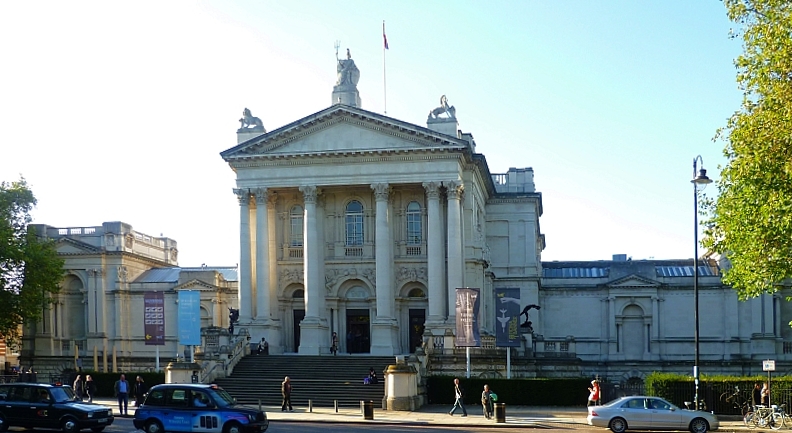Tuesday 9 July: Nation and Community: Tate Britain
Section outline
-

Meeting Point:
Morning Session: Grad Centre 103
Afternoon Session: Tate Britain (please bring all your belongings, lunch, umbrella, etc. so that we can travel together). If you get separated from us, the closest Tube stop is Pimlico (take the District Line to Victoria, switch to the Victoria Line southbound to Pimlico). Meet in Room 5: "Troubled Glamour." See the Tate Britain floor plan here:
https://media.tate.org.uk/aztate-prd-ew-dg-wgtail-st1-ctr-data/galleries/TB_map.pdf
-
Sign in to the Lexus database with your QM account. Click "academic sign in," log in with your QM account, and then try clicking this link again.